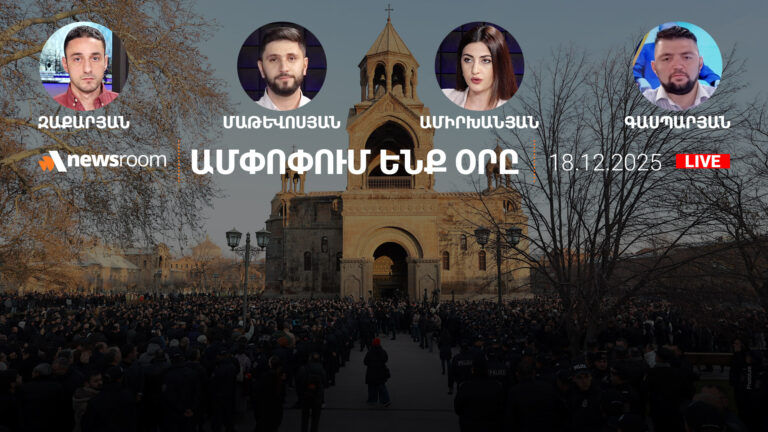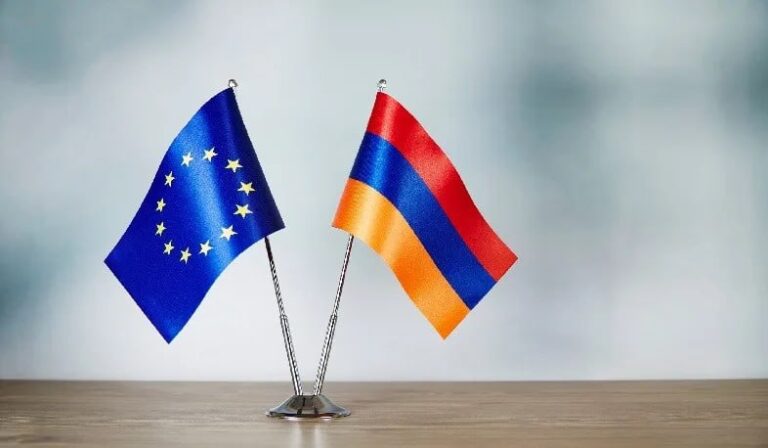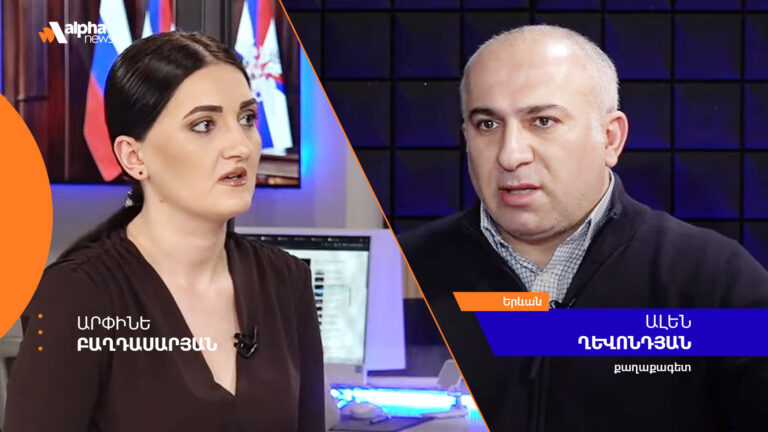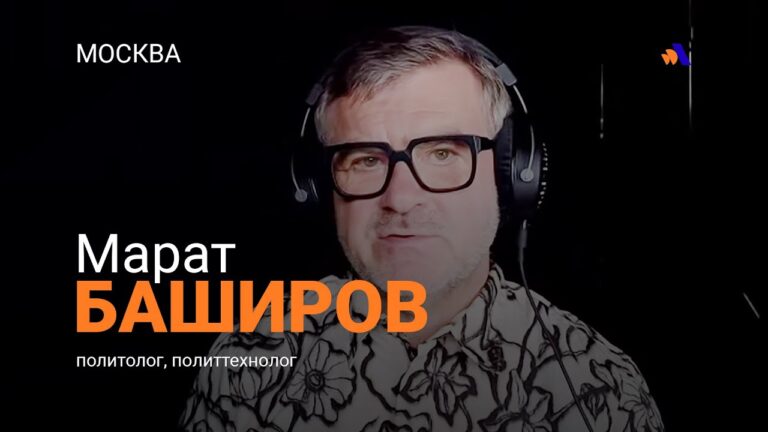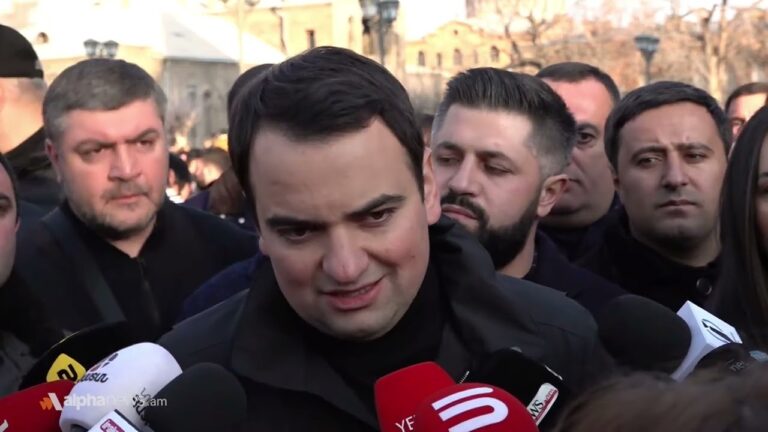“Hello, Turkish vilayet!”: Key points from Pashinyan’s interview
October 26 2023, 23:00
On October 25, the Wall Street Journal published an interview with Nikol Pashinyan. Answering the WSJ’s question about the country’s historical relations with Russia, Nikol Pashinyan decided to focus on the much longer history of Armenia with its Turkic neighbors, such as Turkiye and Azerbaijan. “Here are all the questions and here are the answers to all the questions,” he said.
This is not the first time Pashinyan announces the “deepening” of relations with Turkiye and Azerbaijan, up to the creation of a kind of regional, temporary military-political union with them.
Back in July of this year, speaking at a regular press conference, Pashinyan read out his opening speech, the essence of which was that “Armenia is looking for security guarantees in the region.”
These statements, like the words in an interview with the Wall Street Journal, as well as statements that “Armenia is revising its model of patriotism,” suggest several simple truths:
1. The West, as a non-regional entity, is not ready to give any military guarantees of Armenia’s security and territorial integrity. (I assume that no one believes that the purchase of three air defense systems from France or the presence of EU observers on the Armenian-Azerbaijani border that monitor the movement of Russian troops on the territory of Armenia indicate “the readiness of the West to ensure the security of Armenia.”)
2. This guarantee of security should be the integration of Armenia into a “regional temporary military-political alliance with Turkiye and Azerbaijan.”
You may ask, why “temporary”? Because after that, Baku, Ankara and Yerevan will jointly complete the “withdrawal of Russia from the region” announced earlier by Pashinyan, that is, the withdrawal of the Russian military base and other Russian military presence from Armenia, which, by the way, Pashinyan also said yesterday, and Baku and Ankara will eventually absorb Armenia.
Nikol Pashinyan knows that everything is heading towards this; everything else is a smokescreen. Pashinyan’s statements about the “cycles of the existence of the Armenian statehood” ending with the collapse of this very statehood are precisely due to the fact that the people are already being prepared for this scenario.
The way the government is leading Armenia now is complete and unconditional surrender, in the “wrapper” of the formation of a regional military-political alliance with Turkiye and Azerbaijan.
The question may arise: Do the Armenian leadership and Pashinyan personally not understand the consequences of these actions? If you consider these actions from the point of view of retaining power, you will understand that Pashinyan personally has a political future only in “Turkish Armenia”. Well, if there is no “Turkish Armenia”, then there will be no plaintiff who could later hold the entire current government team accountable. If earlier there was a phrase “no person, no problem”, then in modern Armenia, by the hands of its leadership and the total political loyalty of the state apparatus, it has transformed into the expression “no state, no problem”.
No “player from outside” can stop this process. Only domestic political processes and intra-Armenian actors can change the situation. If you “don’t catch this man in the act,” then the events of not only the 44-day war but even the Genocide of 1915 will seem like a childish game to everyone. It is important that the Armenian political and business elite first of all understand this. In my opinion, the lack of understanding of the full depth of the crisis and the full scale of threats is due to the fact that the entire system of thought, the language of describing reality, and, finally, communication mechanisms remained at the level of September 26, 2020.
And the inability to open the eyes to “the reality of November 10, 2020, and September 28, 2023” can condemn us all to a repetition of “the morning of April 24, 1915”.

